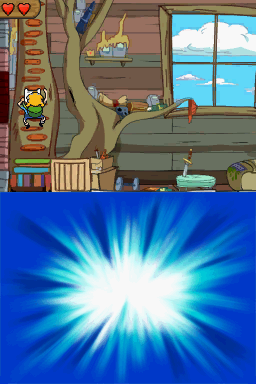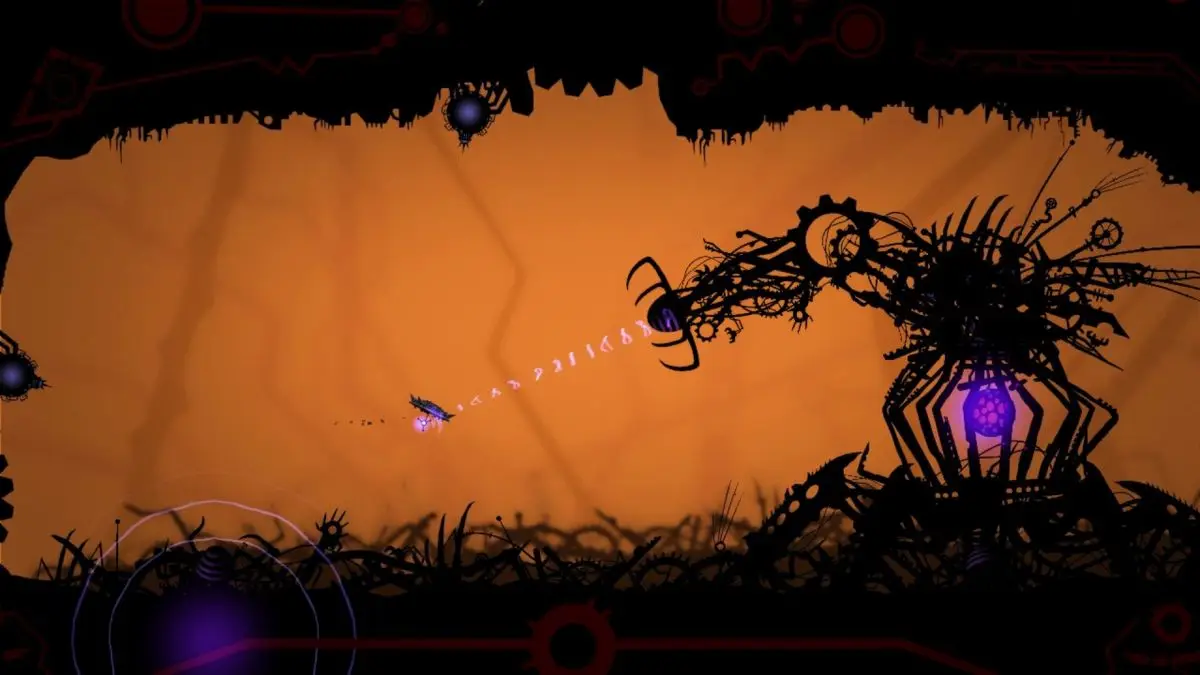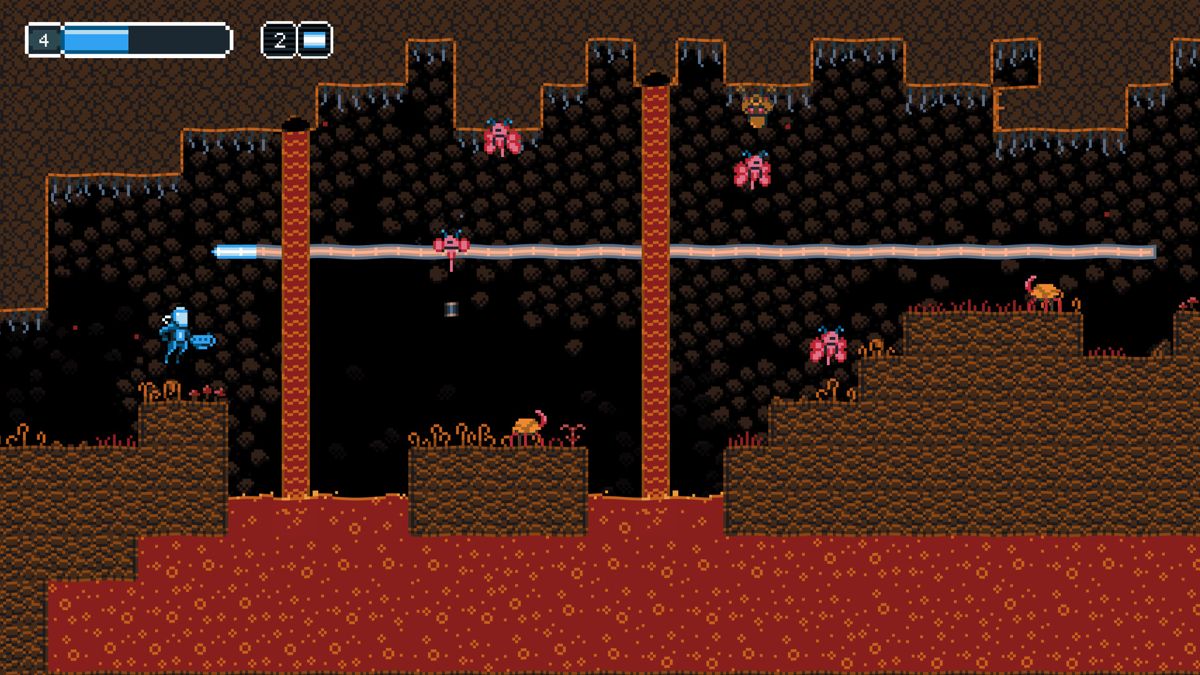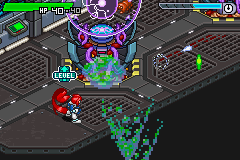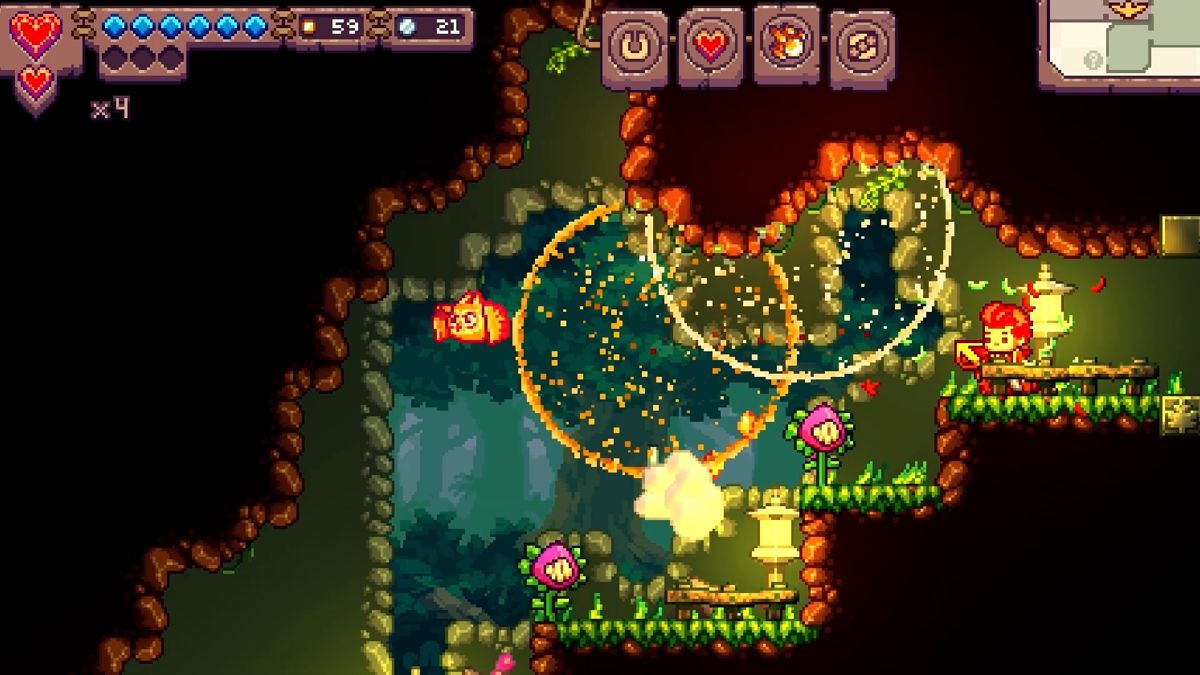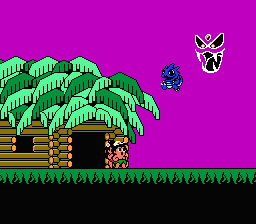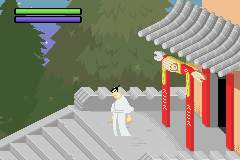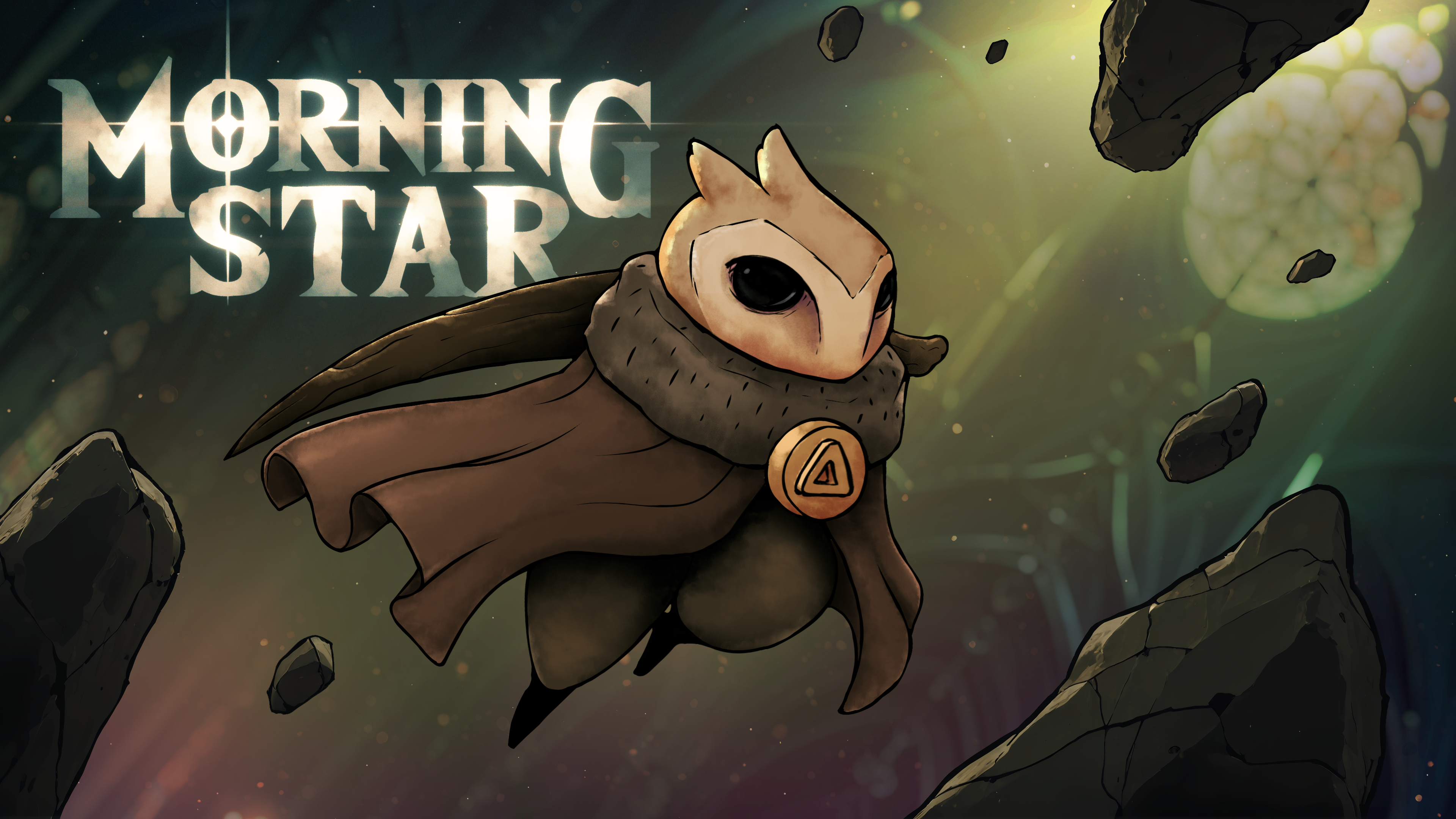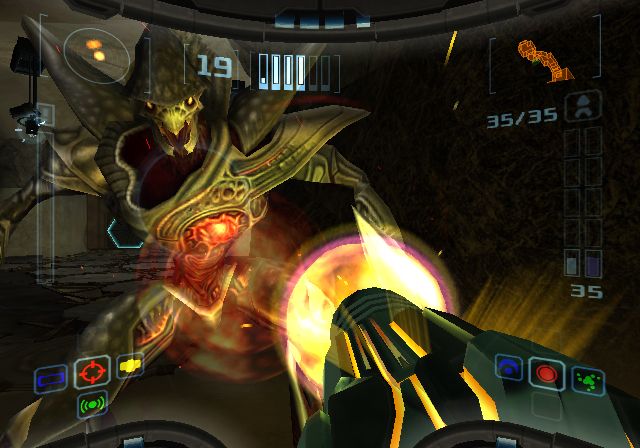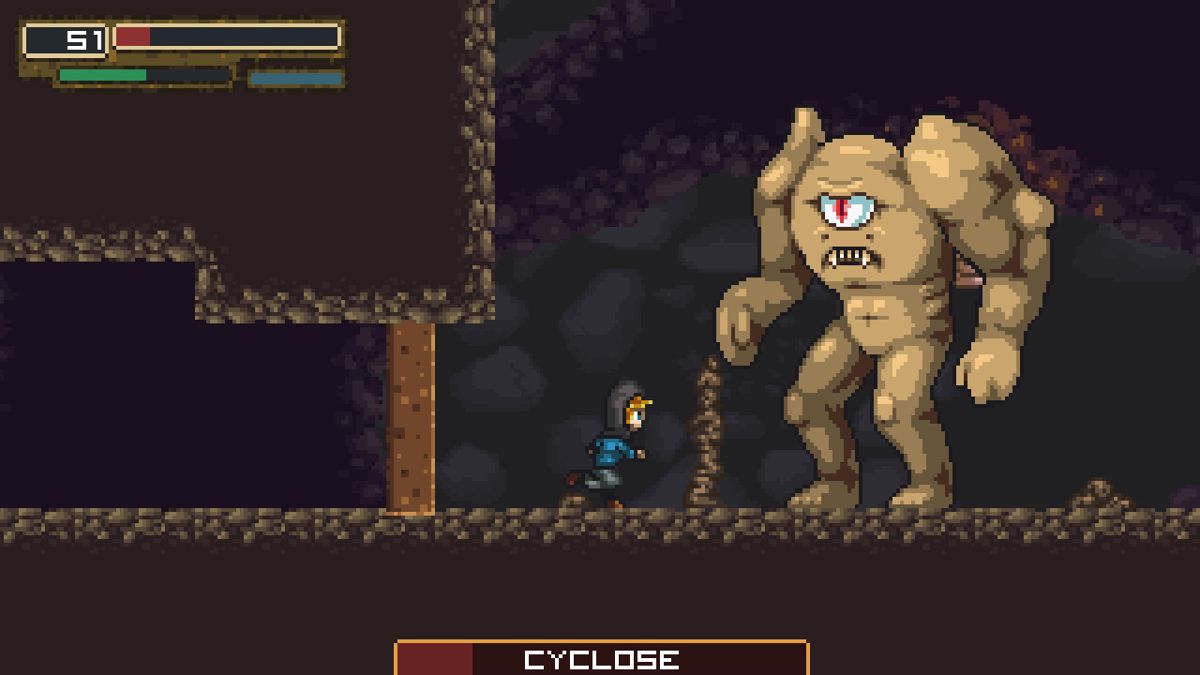Results
Adventure Time: Hey Ice King! Why'd You Steal Our Garbage?
fantasy, environmental puzzles, bright visuals
"Adventure Time: Hey Ice King! Why'd You Steal Our Garbage?" is a 3D platformer game developed by WayForward Technologies and published by D3Publisher for the Nintendo 3DS and Nintendo DS in 2012. The game is based on the popular Cartoon Network animated series "Adventure Time." The game's story follows the antics of the Ice King, who has stolen various items from the Land of Ooo, including garbage from the Tree Fort belonging to Finn and Jake. As Finn and Jake, players must navigate through various levels and environments, collecting the stolen items and battling against the Ice King's minions. One unique aspect of the game is its use of the 3DS and DS's dual-screen functionality. The top screen displays the main gameplay action, while the bottom screen serves as a map and inventory screen. Players can also use the touch screen to interact with certain objects and puzzles. The game features a mix of platforming, puzzle-solving, and combat mechanics. Players can use Finn's sword and Jake's stretchy powers to overcome obstacles and defeat enemies. The game also incorporates elements of exploration, as players can uncover hidden areas and collectibles throughout the levels. "Hey Ice King! Why'd You Steal Our Garbage?" features a distinctive art style that faithfully captures the quirky and whimsical aesthetic of the "Adventure Time" show. The game's levels are based on various locations from the series, such as the Candy Kingdom, the Ice Kingdom, and the Land of the Dead. While the game received generally positive reviews for its faithful adaptation of the source material and its charming visual style, some critiques noted that the gameplay mechanics could be repetitive at times and that the overall experience was relatively short. Overall, "Adventure Time: Hey Ice King! Why'd You Steal Our Garbage?" is a solid tie-in game that captures the essence of the beloved animated series, offering fans a chance to experience the Land of Ooo in an interactive and engaging way.
Insanely Twisted Shadow Planet
environmental puzzles, sci-fi, pixel art
Insanely Twisted Shadow Planet is a modern take on the classic shoot 'em up genre, developed by FuzzyEyes and published by Microsoft Studios. While it may appear simplistic at first glance, this game offers a unique and immersive experience that sets it apart from its contemporaries. One of the standout features of Insanely Twisted Shadow Planet is its distinctive art style. The game world is presented in a striking silhouette aesthetic, with intricate backdrops and enemy designs that are both visually stunning and unsettling. This approach creates a sense of mystery and foreboding, adding depth to the gameplay experience. Gameplay mechanics in Insanely Twisted Shadow Planet are not limited to traditional shoot 'em up elements. Players must navigate through intricate, maze-like levels, solving environmental puzzles and utilizing various power-ups and abilities to progress. This introduces a layer of exploration and problem-solving that complements the action sequences. One notable aspect of the game is its emphasis on narrative and storytelling. While the plot is conveyed through minimal text and visual cues, it manages to captivate players with its enigmatic and atmospheric presentation. The game's world is rich with details and lore, inviting players to uncover its secrets and piece together the underlying story. Insanely Twisted Shadow Planet also features a dynamic and reactive soundtrack that evolves alongside the gameplay. The music, composed by Steve Burke, adds an extra layer of tension and intrigue, seamlessly blending with the visuals to create an immersive and atmospheric experience. Overall, Insanely Twisted Shadow Planet offers a refreshing take on the shoot 'em up genre, combining engaging gameplay mechanics with a distinct visual style and a compelling narrative. Its attention to detail and innovative design elements make it a standout title for fans of the genre seeking a unique and memorable experience.
Escape from Thethys
sci-fi, pixel art, challenging
Escape from Thethys is a 2D metroidvania-style action-platformer released in 2018. The game is set on the underwater moon Thethys, where the player takes control of a deep-sea diver trying to escape a mysterious underwater facility. Key features of the game include: 1. Procedurally generated levels: While the overall structure of the game world remains consistent, the specific layouts of rooms and placement of items change with each playthrough, enhancing replayability. 2. Unique weapon system: The player's primary weapon is a harpoon gun that can be upgraded and modified throughout the game, allowing for various combat strategies and puzzle-solving approaches. 3. Environmental hazards: The underwater setting introduces challenges like pressure management and oxygen conservation, adding an extra layer of complexity to exploration. 4. Boss battles: The game features large-scale encounters with mutated sea creatures and advanced security systems. 5. Multiple endings: The player's choices and actions throughout the game can influence the final outcome, encouraging multiple playthroughs. 6. Retro-inspired visuals: The game uses a pixel art style reminiscent of 16-bit era games, but with modern lighting and particle effects to enhance the underwater atmosphere. 7. Nonlinear progression: While there is a main story path, players can often tackle areas in different orders, discovering alternate routes and secrets. 8. Limited resources: The game emphasizes resource management, with scarce ammunition and health pickups encouraging careful play. Escape from Thethys stands out in the metroidvania genre for its unique setting and the way it incorporates underwater survival elements into the traditional exploration and upgrade-based gameplay.
Scurge: Hive
sci-fi, challenging, varied biomes
Scurge: Hive, released in 2006, is a third-person shooter game developed by Tragical and published by Kheops Studio. While it shares some standard elements with other games in the action-horror genre, Scurge: Hive sets itself apart with its distinct atmosphere and gameplay mechanics. The game takes place in a dystopian, post-apocalyptic world overrun by a mysterious alien infestation known as the "Hive." The player assumes the role of a mercenary tasked with navigating through this hostile environment, battling against hordes of grotesque, mutated creatures. One of the standout features of Scurge: Hive is its emphasis on ammo and resource management. Ammunition is scarce, forcing players to carefully plan their attacks and prioritize headshots for maximum efficiency. Additionally, the game introduces a unique "nano-forge" system, which allows players to craft and upgrade their weapons using materials scavenged from the environment. The game's level design is noteworthy, with intricate and interconnected environments that encourage exploration and backtracking. Players must navigate through claustrophobic corridors, dilapidated buildings, and underground tunnels, all while fending off relentless enemy attacks from multiple angles. Scurge: Hive's combat mechanics are intense and unforgiving. Enemies exhibit intelligent behavior, often flanking or overwhelming the player with sheer numbers. The game also features a dynamic damage system, where different body parts can be targeted and dismembered, adding a brutal layer of realism to the combat. While the game's graphics may have aged, the atmospheric design and sound design still hold up remarkably well. The eerie, industrial soundscape and unsettling ambient noises contribute to the game's overall sense of dread and tension. Despite its niche status, Scurge: Hive has garnered a dedicated cult following among fans of the action-horror genre, particularly those who appreciate its challenging gameplay, resource management elements, and uncompromising difficulty.
Eagle Island
fantasy, pixel art, challenging
Eagle Island is a roguelite platformer developed by Pixelnicks and released in 2019 (not 2017). Here are some key aspects of the game that might interest someone familiar with the genre: 1. Falconry-based combat: Unlike most platformers, the main character Quill uses his owl companion, Koji, as his primary weapon. Players launch Koji at enemies in various directions. 2. Procedurally generated levels: The game features randomized level layouts, enhancing replayability and challenge. 3. Perk system: Players can unlock and equip various perks that modify gameplay, such as triple jumps or explosive owl attacks. 4. Multiple game modes: Besides the main story mode, there's a Roguelike mode with permadeath and a Speedrun mode for time trials. 5. Elemental system: Koji can be imbued with different elemental powers (fire, ice, lightning) that affect combat and puzzle-solving. 6. Accessibility options: The game offers extensive customization for difficulty and assists, allowing players to tailor the experience to their preferences. 7. Retro-inspired visuals: The pixel art style is reminiscent of 16-bit era games but with modern lighting and particle effects. 8. Boss design: Each major area culminates in a unique boss fight that often requires creative use of Koji and the environment. 9. Exploration rewards: Hidden areas and secrets encourage thorough exploration of each randomized level. 10. Lore integration: The game's story and world-building are woven into the environment and discoverable artifacts, rather than relying heavily on cutscenes. These features set Eagle Island apart from many other entries in the roguelite platformer genre.
Adventure Island IV
pixel art, hidden areas, interconnected world
testt
Samurai Jack: The Amulet of Time
fantasy, pixel art, post-apocalyptic
Samurai Jack: The Amulet of Time for the Game Boy Advance was a side-scrolling action-adventure platformer based on the acclaimed Cartoon Network animated series. While adhering to the show's distinct visual style and overall aesthetic, the game offered a unique storyline that served as an extension of the series' narrative. One of the standout features was the game's implementation of time travel mechanics. Players could manipulate the flow of time, allowing Jack to traverse between different eras, each with its own distinct environmental hazards and enemy types. This added a layer of complexity to the gameplay, as players had to adapt their strategies and combat techniques to suit the specific time period. The combat system was relatively straightforward but offered a satisfying level of depth. Jack could perform various combos and special attacks, drawing inspiration from his signature sword-fighting style in the show. Additionally, the game incorporated light puzzle-solving elements, often requiring players to manipulate objects or interact with the environment in specific ways to progress. While the game followed a linear progression, it featured multiple paths and secrets that encouraged exploration. Uncovering these hidden areas and collectibles not only rewarded players with power-ups and upgrades but also provided additional insights into the game's lore and backstory. Notably, the game's soundtrack was a highlight, capturing the essence of the show's iconic music and adding to the overall immersive experience. The sound design and voice acting were also commendable, with the original voice cast reprising their roles, further enhancing the game's authenticity. Overall, Samurai Jack: The Amulet of Time was a faithful adaptation that successfully translated the beloved animated series into an engaging and challenging handheld gaming experience, catering to both fans of the show and action-platformer enthusiasts alike.
Morning Star
wall jump, challenging, collectibles
Morning Star is an atmospheric Metroidvania that plunges you into a mysterious world filled with both haunting darkness and breathtaking beauty. As a cloaked figure with no memory of your past, you wield a powerful weapon and embark on a journey through a vast, interconnected realm. Along the way, you'll uncover secrets, confront terrifying creatures, and piece together a story that forces you to question your identity.h
Metroid Prime 2: Echoes
shooter, sci-fi, challenging
Metroid Prime 2: Echoes, released in 2004 for the Nintendo GameCube, is a first-person adventure game that builds upon its predecessor while introducing several unique elements: 1. Dual-world mechanics: The game features Light and Dark versions of the planet Aether, with players switching between dimensions to solve puzzles and progress. 2. Beam system: Unlike the first Metroid Prime, beams don't stack. Instead, players must switch between four distinct beams (Power, Dark, Light, and Annihilator) for combat and puzzle-solving. 3. Ammunition: Dark and Light beams use limited ammo, adding a resource management aspect to combat. 4. Enhanced scanning: The scan visor now includes a zoom function for distant objects and provides more lore through Luminoth and Space Pirate logs. 5. Increased difficulty: Generally considered more challenging than its predecessor, with tougher bosses and environmental hazards. 6. Multiplayer mode: A first for the series, featuring deathmatch-style combat for up to four players. 7. Dark Samus: Introduces a new antagonist, a corrupted Phazon-based doppelganger of Samus. 8. Suits: Features the Dark Suit and Light Suit, which provide protection against dimensional hazards. 9. New abilities: Introduces the Screw Attack, Sonic Boom, and Echo Visor. 10. Atmosphere: Emphasizes isolation and a darker tone compared to the first Metroid Prime. The game's unique dimension-shifting mechanics and challenging gameplay make it stand out within the Metroid Prime trilogy.
Inexistence
environmental storytelling, mysterious, dark
Inexistence (2016) is a narrative-driven, first-person psychological horror game developed by Ninja Theory. Set in a surreal and ever-changing nightmare world, the game explores themes of trauma, mental illness, and the fragility of the human psyche. One of the game's standout features is its dynamic environment, which constantly shifts and distorts in response to the player's actions and emotional state. The game employs a unique "fracture" mechanic, where the very fabric of reality fractures and warps, creating unsettling and haunting scenarios that challenge the player's perception of reality. The game's narrative is non-linear and fragmented, reflecting the protagonist's fractured psyche. Players must piece together the protagonist's past and unravel the underlying mystery behind their harrowing experiences through environmental storytelling and cryptic clues scattered throughout the nightmarish landscapes. Inexistence is renowned for its atmospheric sound design and haunting score, which heighten the sense of dread and unease. The game's visual style is a blend of photorealistic and surreal elements, creating a disorienting and oppressive atmosphere that keeps players on edge. One of the game's most distinctive features is its lack of traditional combat mechanics. Instead, players must navigate the ever-changing environments and confront their deepest fears through exploration, puzzle-solving, and careful observation of their surroundings. Inexistence received critical acclaim for its innovative approach to storytelling, immersive atmospheric design, and thought-provoking exploration of mental health themes. However, some critics noted that its abstract nature and lack of clear objectives could be off-putting for players seeking a more traditional narrative experience.
Filters
Search Term
Properties
Platforms
Tags (include)
Tags (exclude)
Get Your Game Noticed
Advertise your game with MetroidvaniaDB and reach a community of people who know exactly what they're looking for:
Your game.
Native & Banner Ad Spots
Multi-week Discounts
Game Launch Packages
Discounts for Indie Developers

